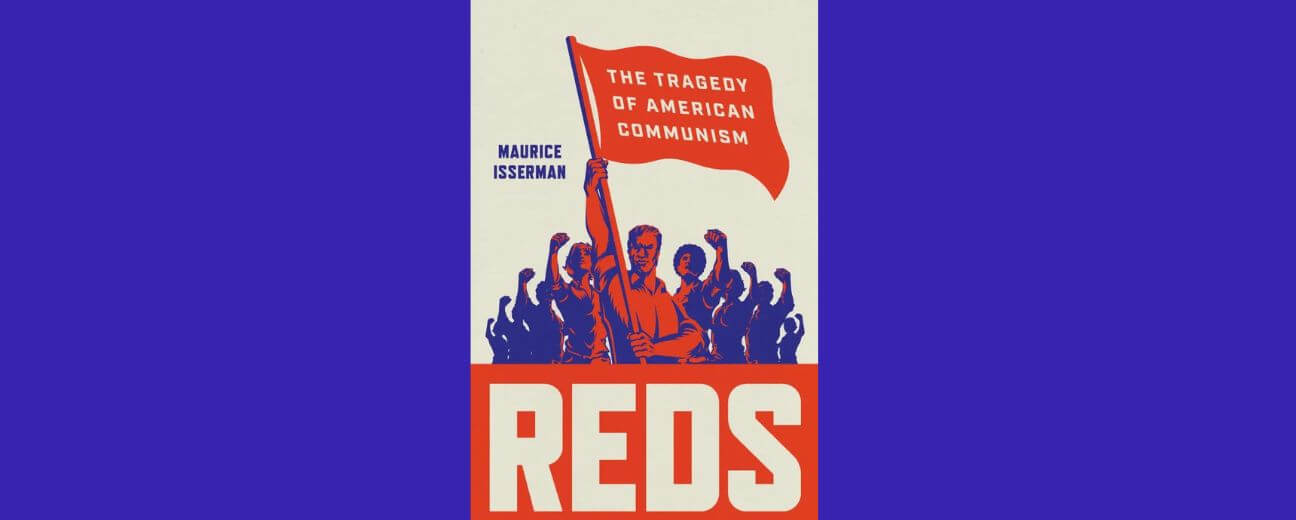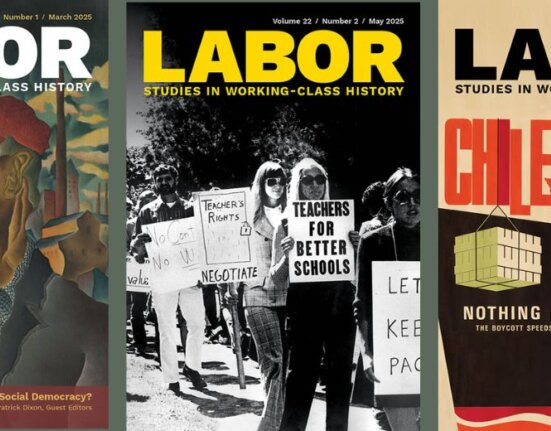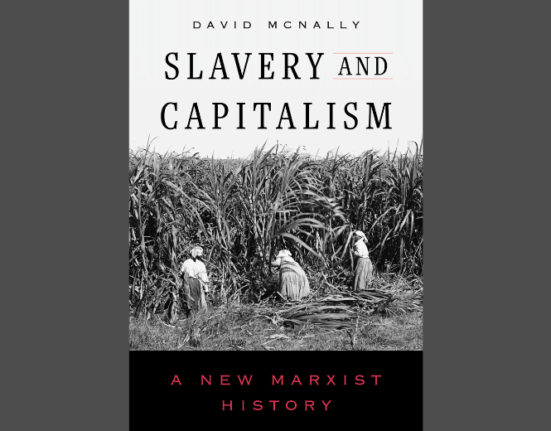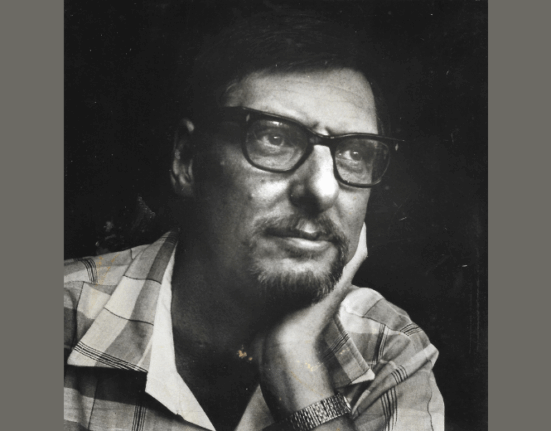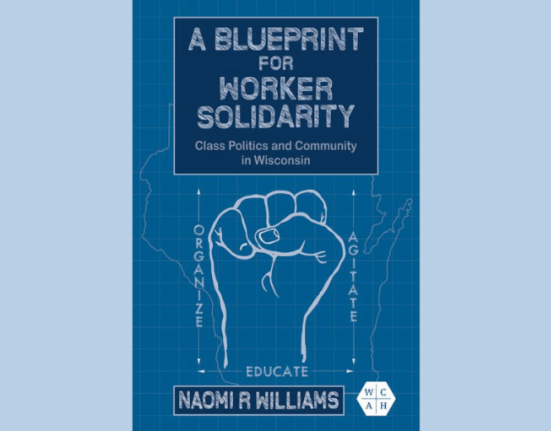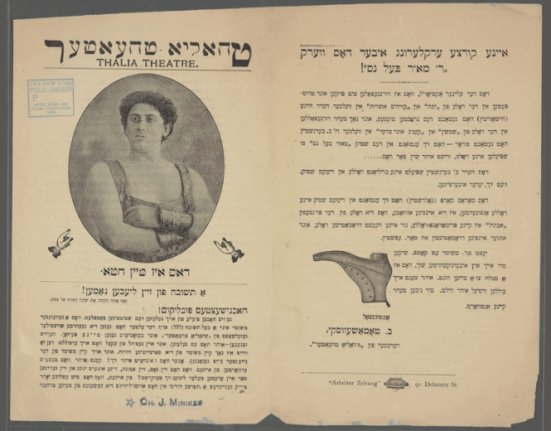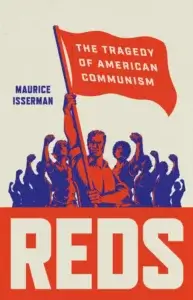
Randi Storch: Your engaging and well-written history of American Communism from 1919 to the early 1990s brings together stories of communists’ contributions to American history with an honest reckoning of the movement’s fealty to the Soviet Union. Throughout your book, you point to some of the central contradictions that shaped the rise and fall of American Communism. What are these principal contradictions, and why are they so important to the understanding of this radical movement?
Maurice Isserman:
Novelist F. Scott Fitzgerald famously suggested that two seemingly incompatible things can be true simultaneously, an observation that frequently came to mind as I was trying to present the history of American Communism in a way that, I hope, will make sense to a generation of readers born after the collapse of the Soviet Union in 1991. In the preface to Reds I identify five principal contradictions that shaped and defined the history of the CPUSA.
Here are two of them:
- The Communist cause attracted egalitarian idealists and it bred authoritarian zealots.
- Communism was a movement that claimed to be founded on a rigorously self-aware and self-critical rationalism, the “science” of Marxism-Leninism, but sustained itself over many decades through what proved to be the blindest of faiths.
To the first point, we need to understand that American Communism, like the socialist movement from which it broke in 1919, arose from democratic premises, rooted in values deeply rooted in American radical traditions, as exemplified in figures like William Lloyd Garrison, Frederick Douglass, Elizabeth Cady Stanton, and Eugene Debs. And yet the dreams, hopes, and aspirations of those who joined the Communist Party in the United States were distorted and subverted by the instrument that was supposed to lead to their realization, the democratic-centralist party organization, devised Lenin and the Bolsheviks in a country vastly different from America. And to the second point, we need to recognize that American Communists’ resolute self-confidence in the path they were following allowed them to persevere through difficult years of repression and isolation, while at the same time seeing how their inability to doubt their leaders and their dogmas led them to intellectual atrophy and political irrelevance.
RS: You argue that American Communist history is an “integral part of twentieth-century American history,” and yet your book covers wide geographic ground, taking your readers to Moscow, Spain, and Eastern Europe. In which ways is the story of American communism an American story and in which ways is it an international and transnational story?
The history of American Communism cannot be understood without understanding the ways in which it was shaped by factors both national and international. Like the socialists before them, Communists were committed to a vision of international solidarity, a principle which, for example, led several thousand members of the CPUSA to volunteer to fight in defense of the democratically-elected Spanish Republic in 1937-1938 against a fascist insurgency backed by Hitler and Mussolini. Hundreds never returned home, and are buried in Spanish soil, and as Ernest Hemingway wrote after the fall of the Republic, deserve to “live in the hearts and minds” of the Spanish people. But, as in so many other aspects of its history, the Communist Party corrupted an admirable principle, solidarity, into something very different: an uncritical celebration and defense of Stalin’s tyranny over his own people, and after World War Two, over the peoples of eastern Europe. In all the twists and turns of the “Party line” between 1919 and 1991, the one slogan of the CPUSA that never changed was “Defend the Soviet Union.” When the Red Army invaded Czechoslovakia in 1968 to suppress an attempt by that country’s Communist leaders to adopt a more liberal “socialism with a human face,” some American Communists, those who were truly committed to international solidarity, were horrified. Not so the leader of the CPUSA, Gus Hall, who declared flatly that “the need for military action by one’s Socialist neighbors in defense of Socialism… is not going to destroy Czechoslovakia’s sovereignty – it is going to strengthen it.” This was not only nonsensical, it was the opposite of internationalism — the subordination of every other principle to the protection of the interests of the rulers of one nation, the Soviet Union. And that story was played out over and over again between the founding of American Communism and the demise of the USSR.
RS: Throughout the book, you introduce your readers to party activists from different backgrounds and historical periods. Who are some of the people you found most representative of the “tragedy of American Communism” and why?
Some of them I’d written about before, like Dorothy Healey, the leader of the Southern California district of the CP, who finally left the Party she had joined as a teenager in the early 1930s in opposition to the invasion of Czechoslovakia. But there were others who show up for the first time in Reds, like Mary Heaton Vorse. Vorse was a dedicated labor journalist, who covered many of the great union organizing struggles of the early 20th century, from the Lawrence textile strike of 1912 to the auto sit-down strike in Flint in 1937. A free-thinking feminist and socialist who lived in Greenwich Village, sometime in the 1920s she joined the CPUSA, and remained, secretly, a Communist for many years afterwards. She never publicly broke with the Party, and yet almost from the start of her membership she was torn in her beliefs and allegiance. As she confided to her diary in 1931, “I find myself in a bourgeois frame of mind about the kulaks….” The “kulaks” was a reference to the fate of the so-called “rich peasants” she was reading about who were being displaced from their land in the forced collectivization of Soviet agriculture in the first Stalinist Five Year Plan. “Who cares which class rules so long as the sum of injustice remains the same?” she asked herself in her diary, underlining the question to emphasize its importance. Later the same year she wrote in another confidential note, “I am a communist because I don’t see anything else to be. But I am a communist who hates Communists and Communism.” What her example suggests to me is that if the history of American Communism is to be understood as a narrative of conversion and faith, it is also one of disenchantment and apostasy. Communism in the United States was an adopted and embattled faith and, as such, often precariously held.
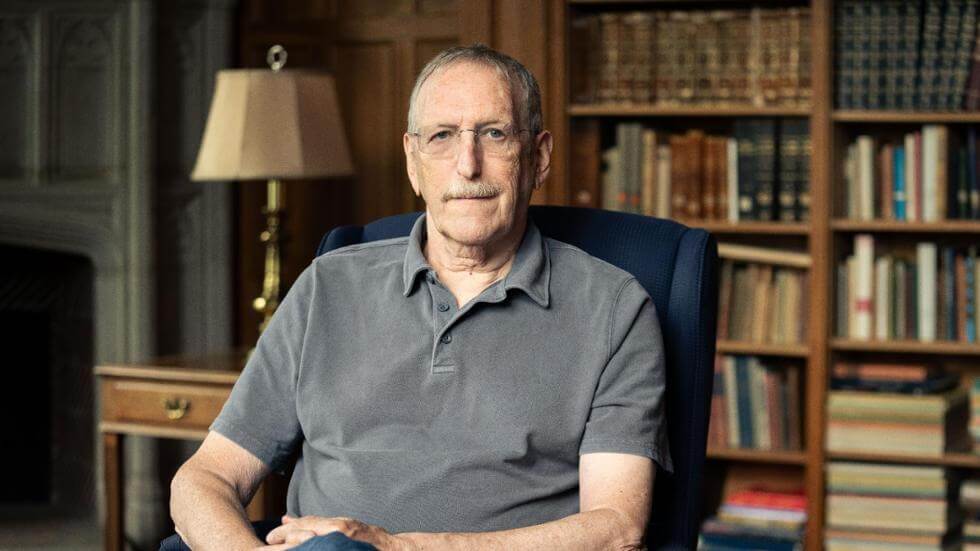
RS: You argue that your book does not offer a “usable past.” Instead, you present it as an “exercise in gaining historical perspective” (6). Given the stark political divisions that characterize public life, what are some of the most important perspectives Reds offers our current political moment?
The Leninist temptation, the desire to be part of the elect in charge of steering history towards some future imaginary revolutionary transformation is, unfortunately, still with us today, as can be seen in the fate of Democratic Socialists of America (DSA), an organization I helped found some forty-odd years ago. DSA was recently captured by sectarian groups who are not democratic socialists in outlook, but rather are self-described communists. Like their predecessors in the CPUSA, they are authoritarian zealots, who apologize for foreign tyrannies, and who are working to convert DSA into the kind of Leninist party that will guarantee its future isolation and irrelevance. And that too is a political tragedy, because a genuine democratic socialist perspective, as Bernie Sanders and Alexandra Ocasio-Cortez have shown, can become a vital part of American political life, a “left-wing of the possible,” as DSA founder Michael Harrington used to call for.
RS: Now that your book is published, what are you looking forward to reading?
Mountaineering tales of derring-do at high altitude, involving triumphs and tragedies of a different kind. My next book will be a history of world mountaineering, as told through ten epic climbs, from the Alps to Alaska to the Himalaya. Onward and upward.

